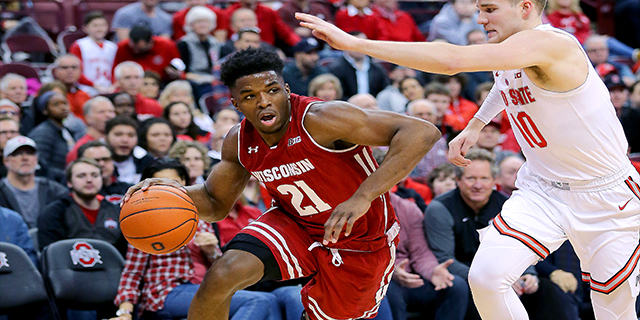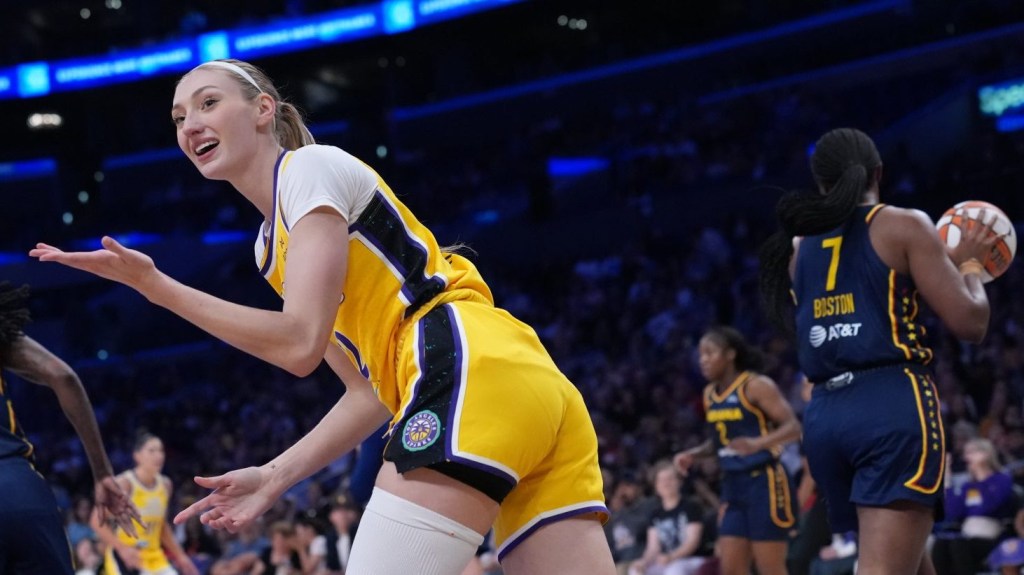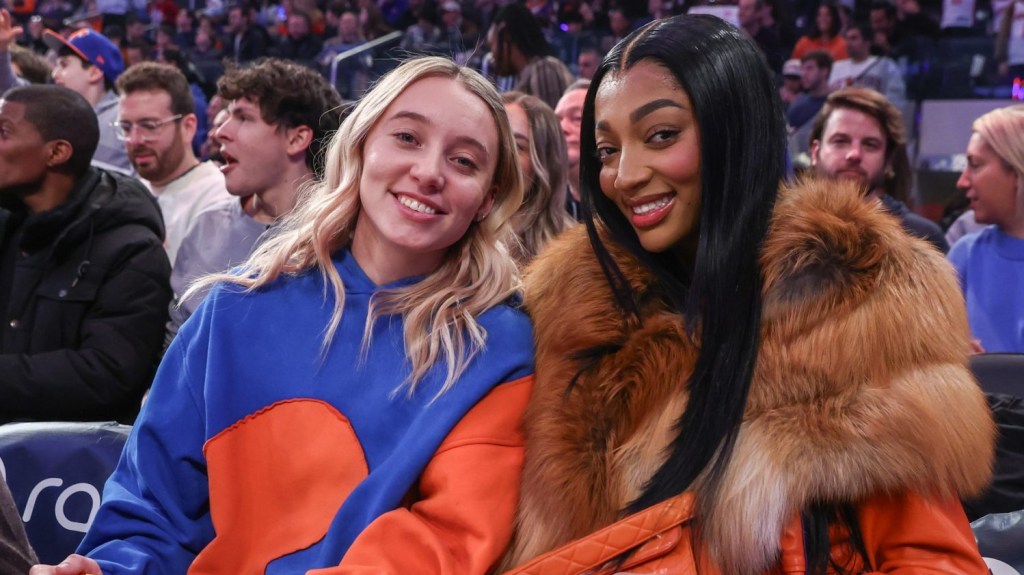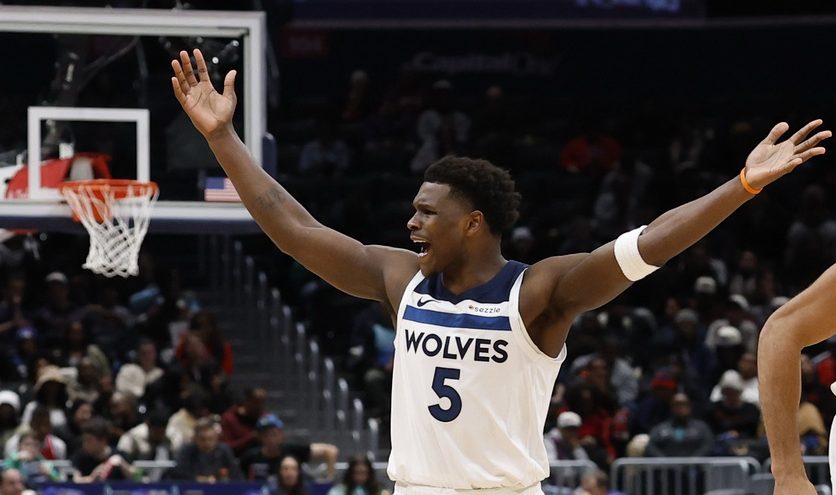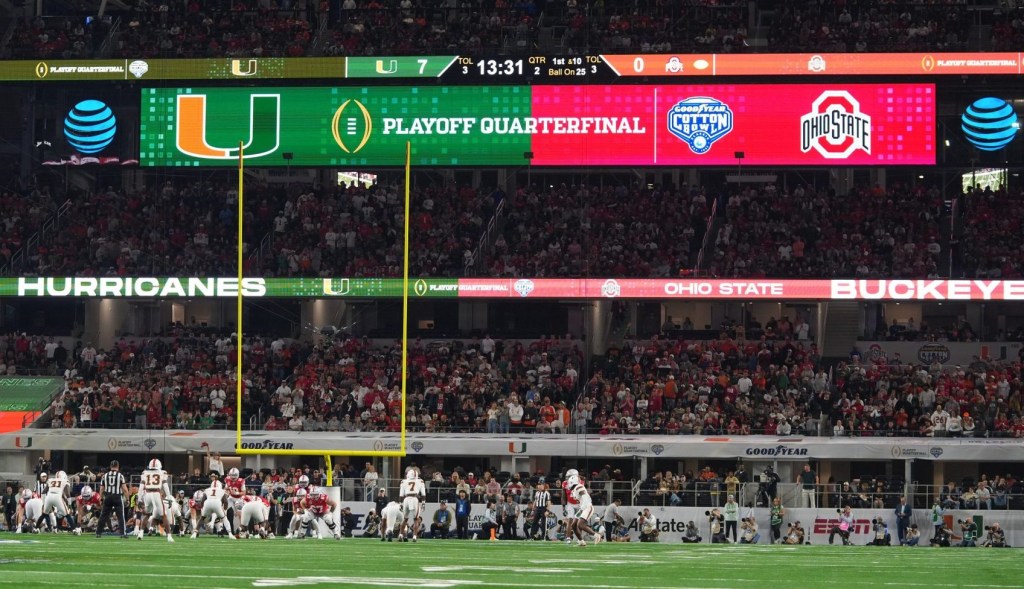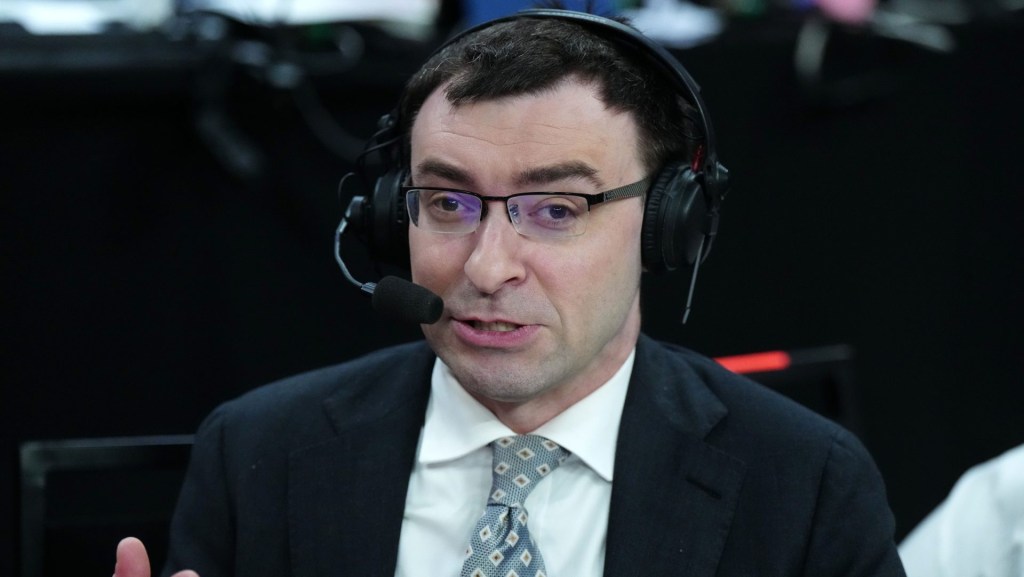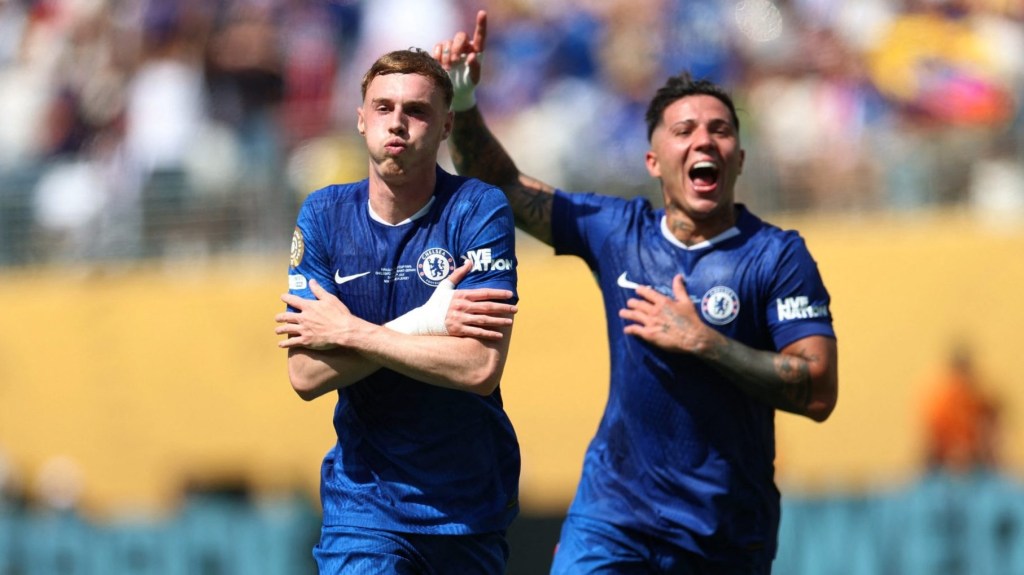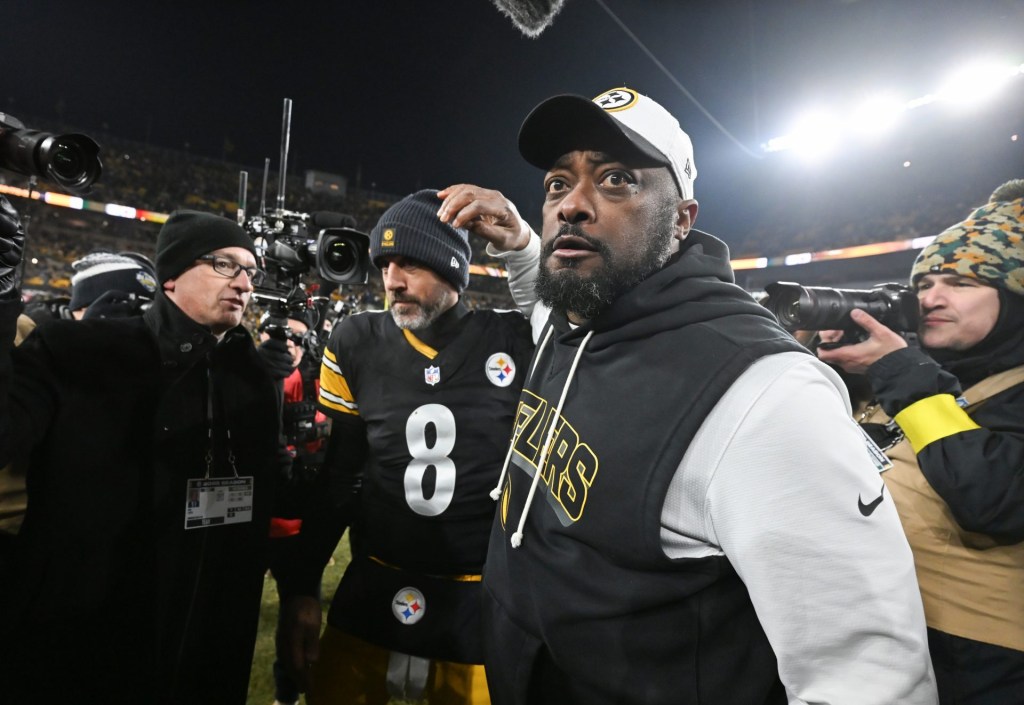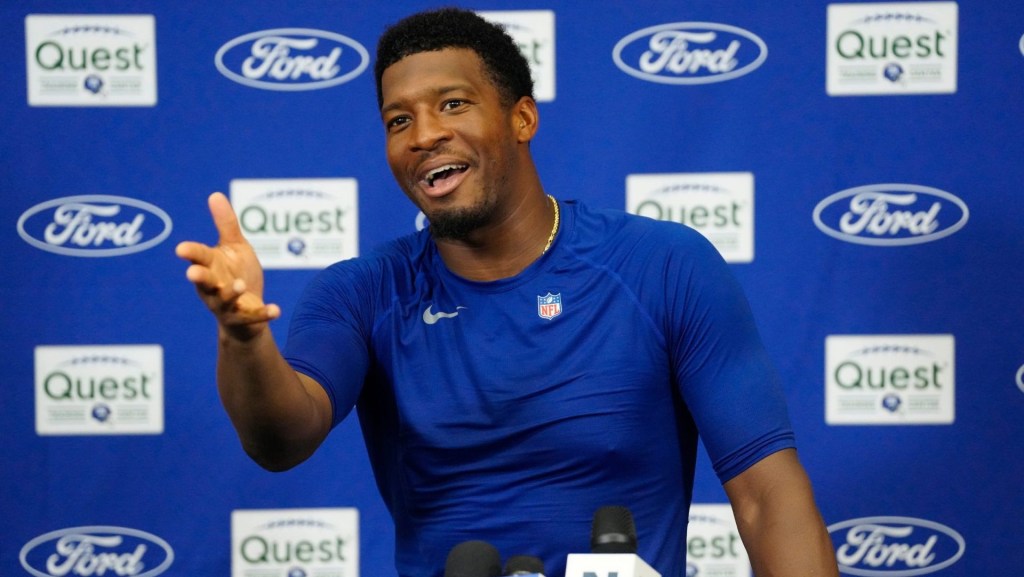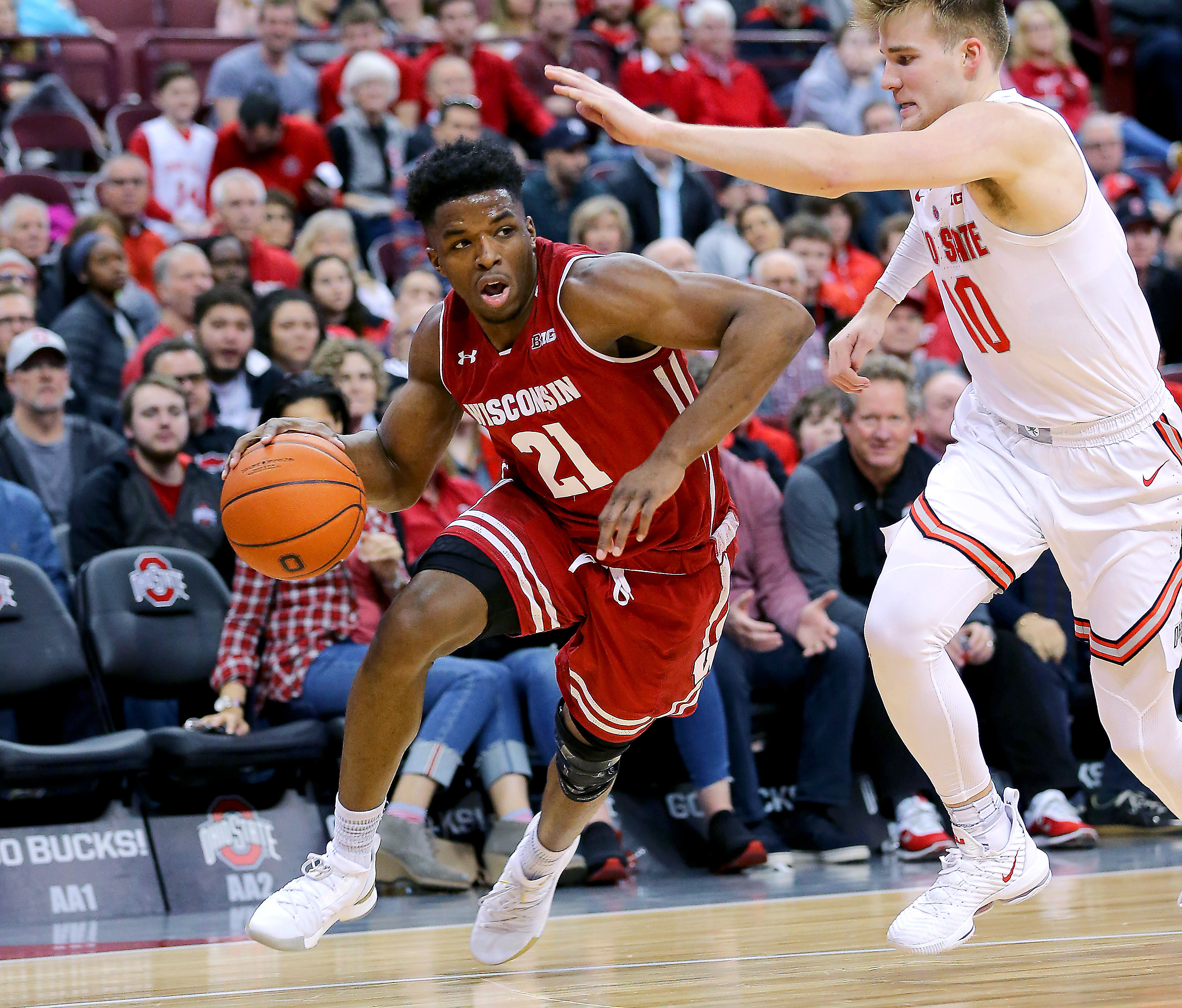
Photo Credit: Joe Maiorana-USA TODAY Sports
(*opendorse is a proud partner of Front Office Sports)
The Big Ten Men’s Basketball Tournament starts Wednesday in Chicago and digital will be the name of the game. It’s the second year BTN has exclusive rights to the first 10 games of the tournament, and Jordan Maleh, BTN senior director of digital marketing and communications, wants to make sure the network is optimizing its reach, not only for those with access to the Big Ten Network but non-viewers, too.
“Live events are our core business and we’re thinking year-over-year, how do we adapt to digital?” Maleh said. “In terms of elevating and impact, the plate has become a little more full. So from our end, it’s knowing how we complement the events and games and understand how to maximize our rights.”
BTN has long featured school-specific social handles to push school-specific content and while those follower counts are lower than the mother ship BTN accounts, the engagement is increased because of how rapid school fan bases can be, Maleh said.
That’s especially true when the social content leverages the tournament broadcast rights.
READ MORE: Pac-12 Network Grows Viewership Thanks to Cross-Platform Integration
BTN uses third-party editing company WSC to cut and post highlights across social media. Those highlights are sponsored by State Farm, while Gatorade-sponsored vignettes of iconic Big Ten Tournament moments will be pushed across the channels. All the while, on-air talent from BTN will be synced with the Opendorse platform and push video from their personal handles.
But the most ambitious part of the digital strategy revolves around BTN’s multiplatform video/producer, or MVPE program, which will feature seven videographers creating custom content for each of the 14 school-specific accounts.
“From our end, a unique angle different from other networks is the content we break down to school-specific,” he said. “That’s where you get every highlight and every piece of content for that school. That’s where you see Tom Izzo and Cassius Winston walking into United Center or celebrate if they cut down the net.”
MVPE began last year with three pilot schools — Michigan State University, Penn State University and University of Minnesota — to best maximize the network’s rights and provide more comprehensive digital content. The MVPE program was partly modeled after the NFL’s Live Content Correspondents program but adjusted for BTN’s school campus model. The network embeds the freelancer with the athletic department and provides equipment, ranging from laptops and cameras to GoPros to capture exclusive content.
“From our end, we never had a presence onsite,” Maleh said. “We want to make mobile-first content as fast and the most efficient we can. This is day of, hour of and minutes after.”
[mc4wp_form id=”8260″]
It’s worked, in a big way: This year, the program expanded to include seven total schools to prove its sustainability and profitability, with the intent to eventually cover all 14 schools. According to Maleh, MVPE coverage included approximately 55 percent football and men’s basketball and 45 percent Olympic sports.
“That’s a huge value add for the schools,” he said. “A lot of departments might not have the bandwidth to cover, so that’s where we come into play.”
The Big Ten Tournament will be a departure for the program as the seven correspondents are all in Chicago producing for each Big Ten school which will expand the depth of digital coverage of the tournament, Maleh said.
The Big Ten Tournament MVPE content will be presented by Yahoo! Sports, and Maleh is excited about the program’s future. The first year, it generated 4 million video views. This year, that number soared to 26 million. The 2,987 social posts across Facebook, Instagram and Twitter generated more than 97 million impressions. Between impressions and views, sponsorship buy-in can ultimately help the model remain sustainable, Maleh said.
“We want to be a scalable content consumption model,” he said. “There is growth, extreme growth, and with our future goal of all 14 schools, that’s scalable and that’s an interest for us.”
READ MORE: How the NFL LCC Program Brings Fans ‘As Close As They Can Get’
Maleh hopes the program is something other conference networks might model initiatives on, continuing the network’s innovation pattern. It would only be natural, given the Big Ten Network’s legacy as a pioneering brand on television.
“We take pride in being the first collegiate conference network,” he said. “As a benchmark, we do compare against the landscape of other conference networks, but from an innovation standpoint, we like to be the first network to do X.
“We like to be first in the space. We have been and hope to continue to be.”
